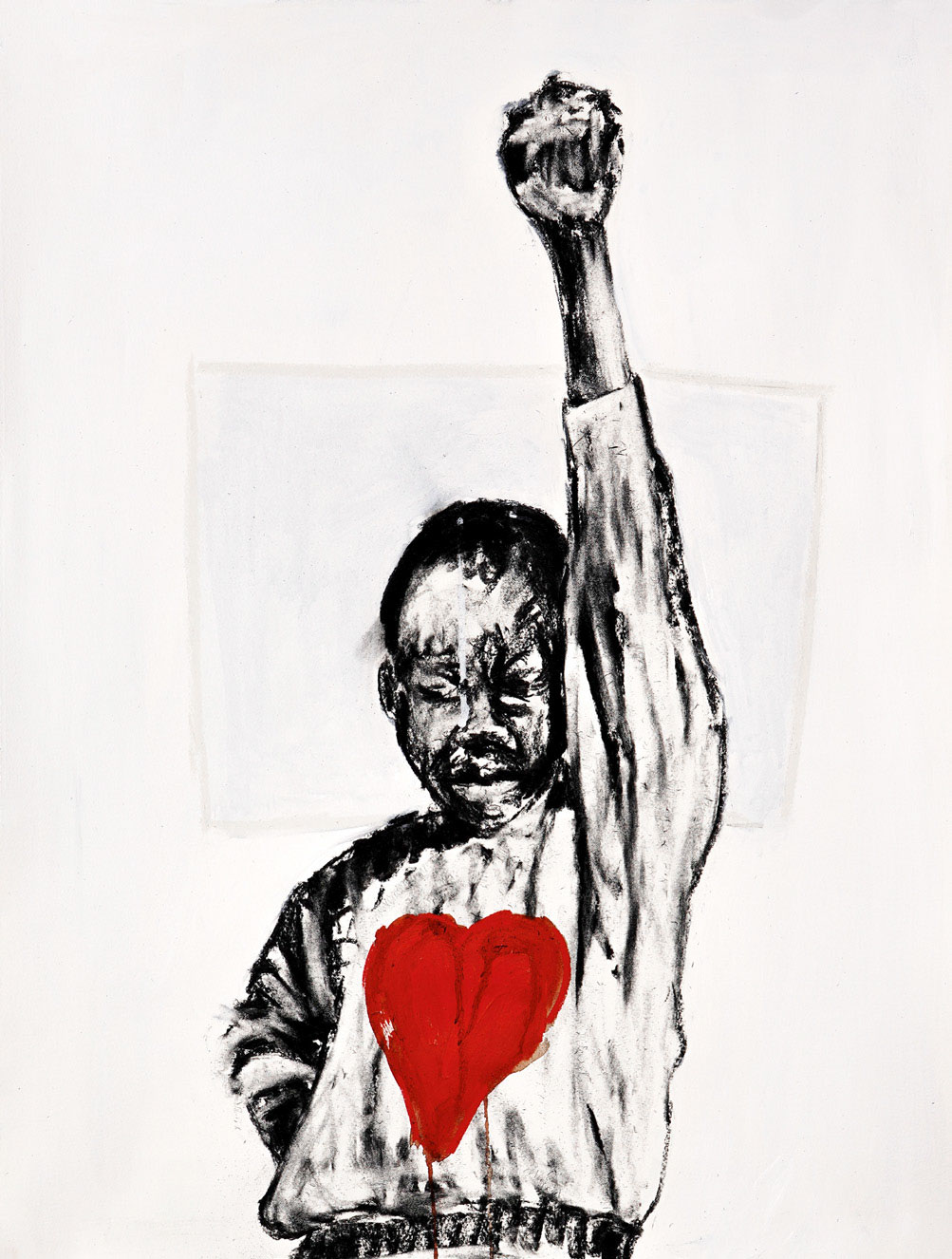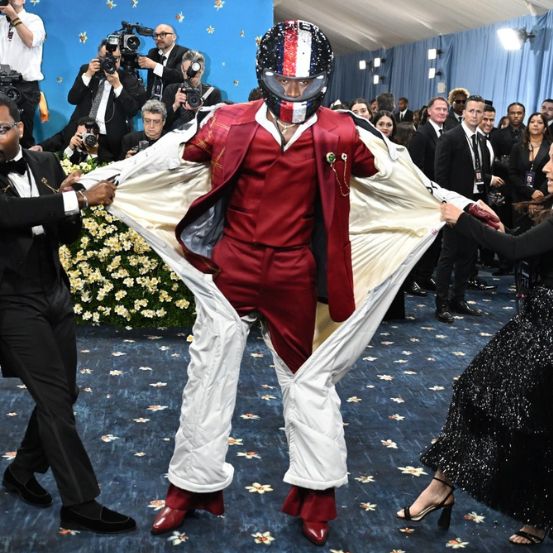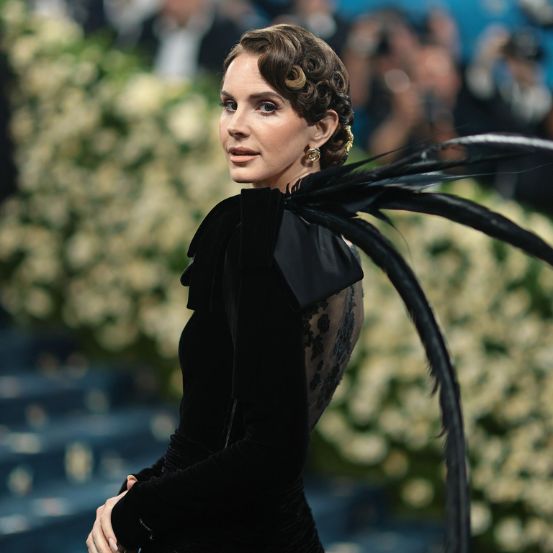Once upon a time, there was a boy who decided to share the best of the African continent with the world in the most unexpected way: painting portraits of children. That is how Nelson Makamo created a current of hope that, through realism and color, teaches us to see art with different eyes. The eyes of those who are grateful for, each day, having the luck of being able to start over again, roll up their sleeves, and fight for a more just society.
Once upon a time, there was a boy who decided to share the best of the African continent with the world in the most unexpected way: painting portraits of children. That is how Nelson Makamo created a current of hope that, through realism and color, teaches us to see art with different eyes. The eyes of those who are grateful for, each day, having the luck of being able to start over again, roll up their sleeves, and fight for a more just society.

Nelson Makamo lives in Johannesburg, the largest metropolis in South Africa. But he wasn’t born there. In 1982, he came to the world in a small town called Modimolle, in the province of Limpopo, where he realized early on that he had a rare aptitude for drawing. He followed his instinct, and studied painting for three years at the prestigious Artist Proof Studios school, in the city he now calls home. That’s where it all begins, where he gives free rein to his imagination, tearing conventions about everything we think we know about art. His portraits of African children, who cover much of his work, are a strong message of empathy, and of hope - one of them made the cover of Time magazine in February 2019. They are unforgettable messages, which we seem to say, with some innocence, that it is possible to believe in humanity, and in a better future.
When did you decide to dedicate your life to art? Did you always want to paint? It was not a decision, as a kid I used to play with mud and clay and created objects that fascinated me, it was all I did. I realised that my talent is a currency that I trade when I got a little older.
Why did you choose to use the imagery of African children to express yourself? I would risk saying that’s what inspires you the most… Does that make sense to you? It wasn’t a deliberate decision; the imagery of African children has always surrounded me, I’m inspired by who I am, or who we are. My early works depicts a variety of figures and subjects and I still received a lot of positive response for that. I also draw images of women, men and scenes, which receive the same amount of appreciated as the images of children.
What do you want people to feel when they see your work? I cannot control or make such decisions for my audience. My audience and I have a relationship that goes beyond such expectations. I create or express myself and they respond however they feel.
When you were interviewed by Trevor Noah, he told you: “You've gone from being a successful South African artist to a world-renowned artist”. When did you feel that your career, and your voice, were definitely becoming global? I am not yet successful; the statement was Trevor’s point of view of what success might look like. I will feel successful when I create something that I feel has the ability to surpass my existence and something that more people can benefit from.
What advice would you give to young, aspiring artists? Keep painting!
This issue is about Hope. What does the word “hope” mean to you? And what gives you hope?Hope is the same as faith for me. No matter how many times you fail, there’s always something that urges you to keep going…that right there is hope which is preparing you for the next steps and chapters of your life.
Translated from Vogue Portugal's Hope issue, out September 2020. All credits in the original articles.Texto em português na edição em print.
Relacionados


Para além do espelho: tudo o que precisa de saber sobre procedimentos estéticos
07 May 2025



.png)

.png)
